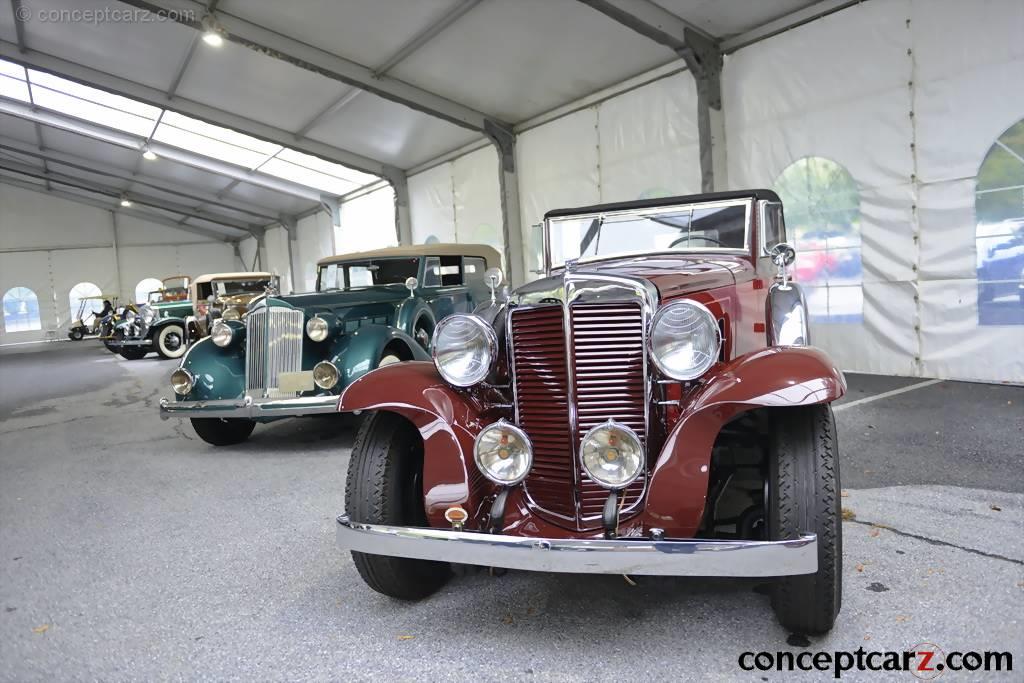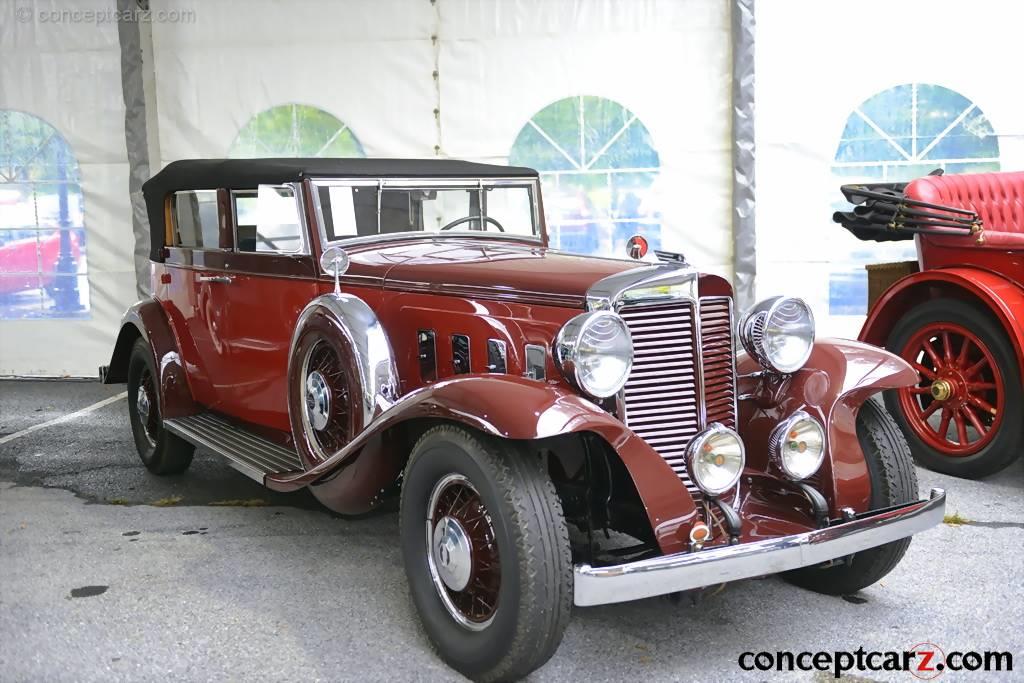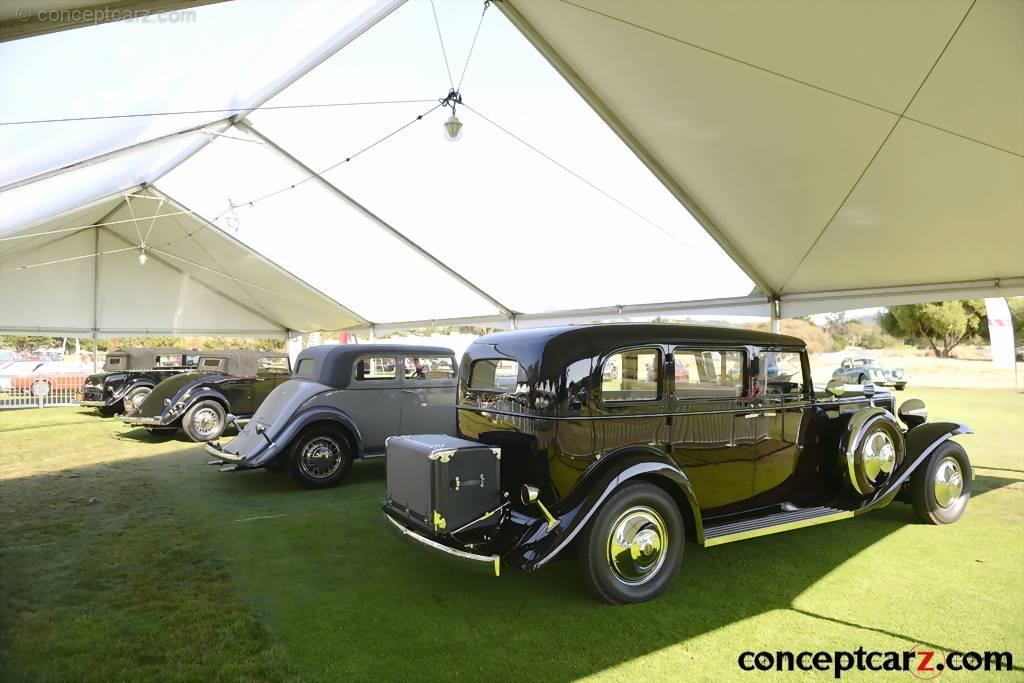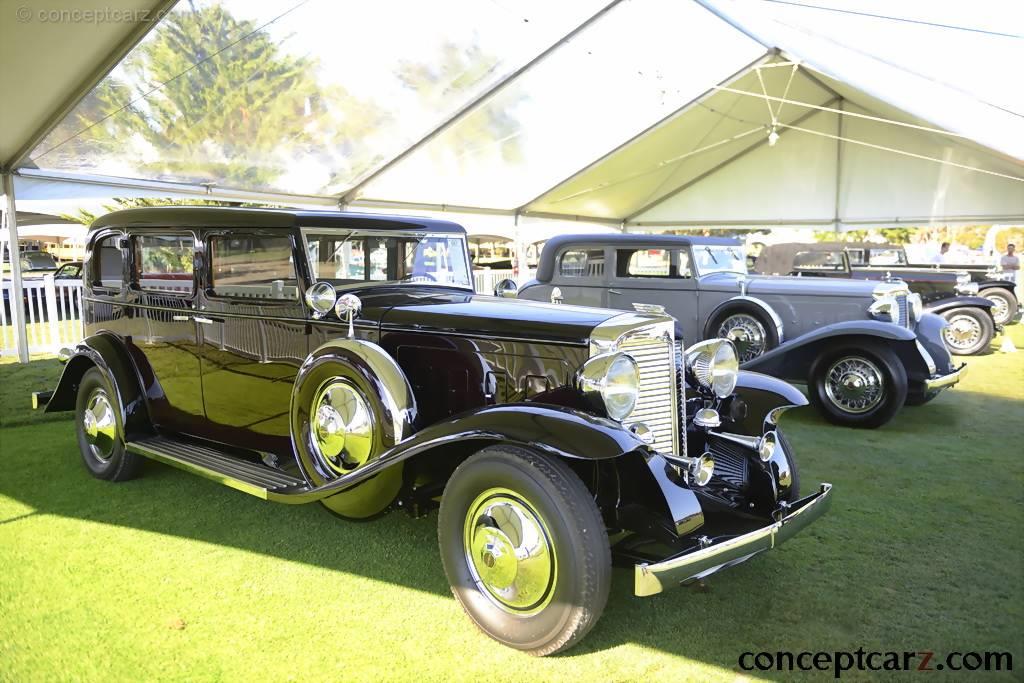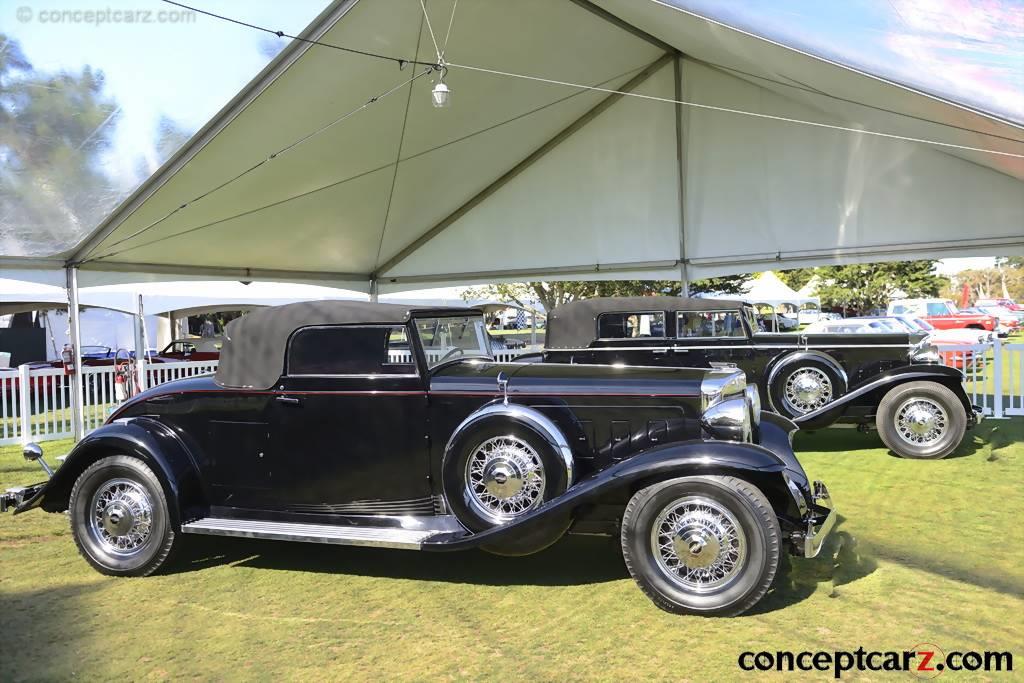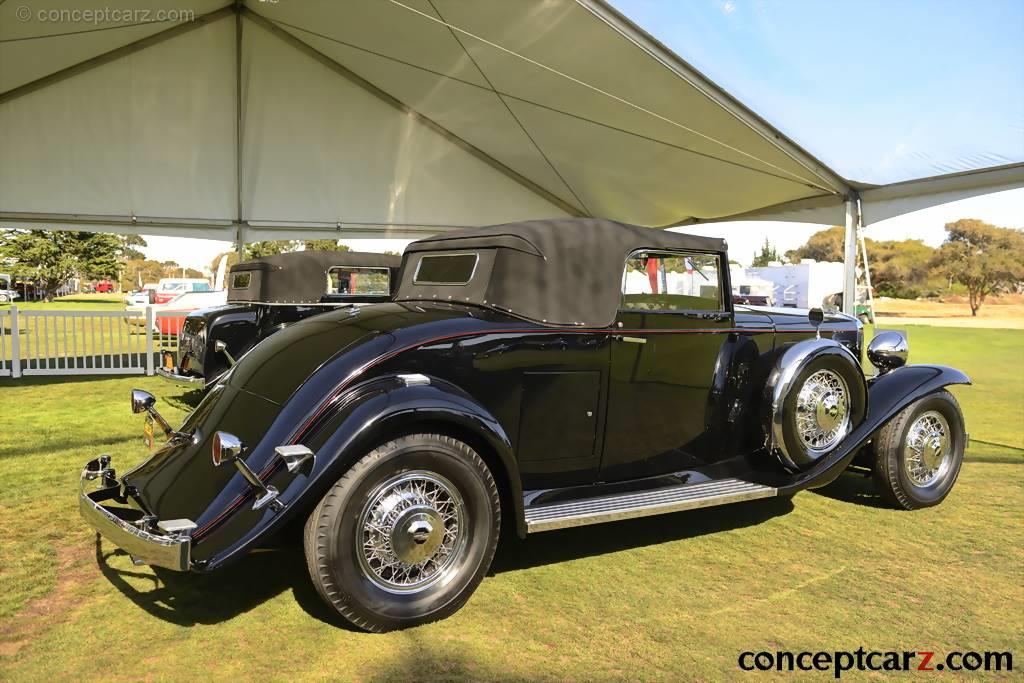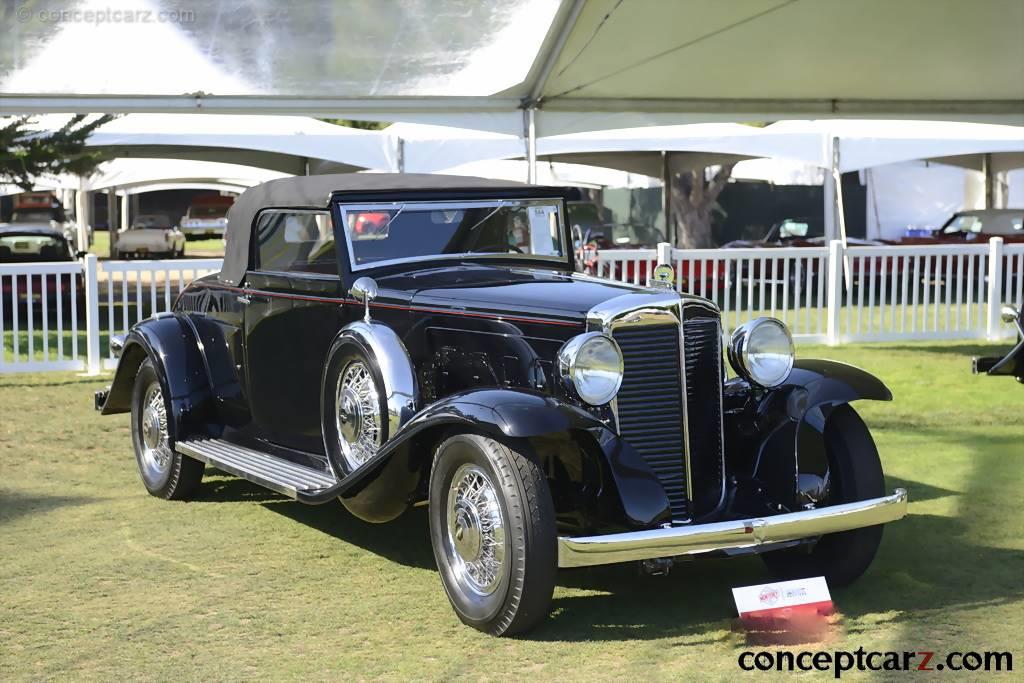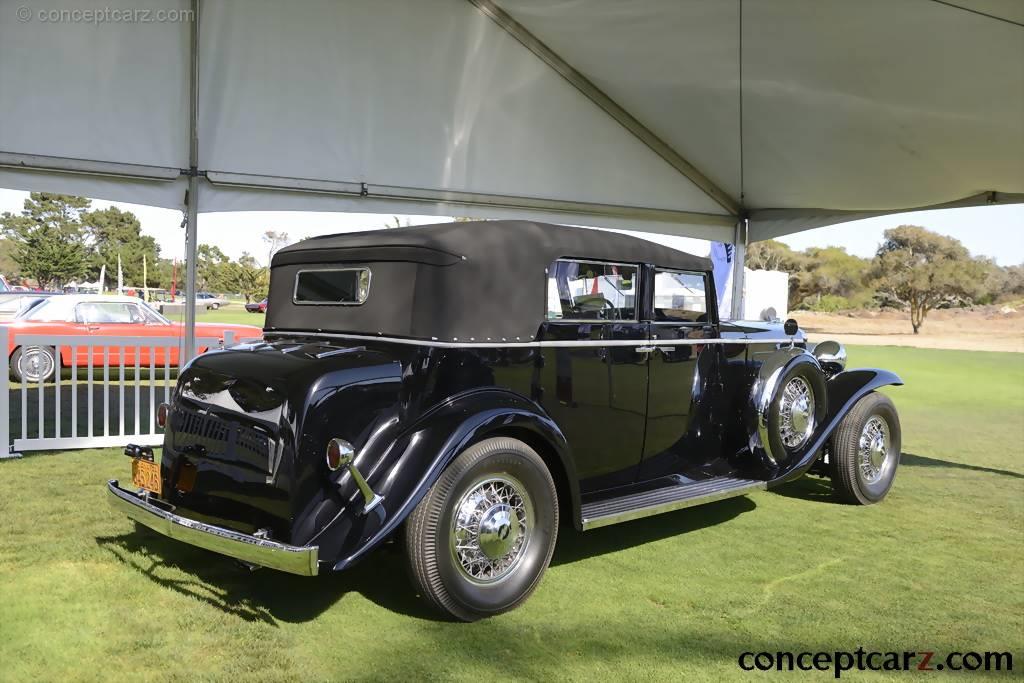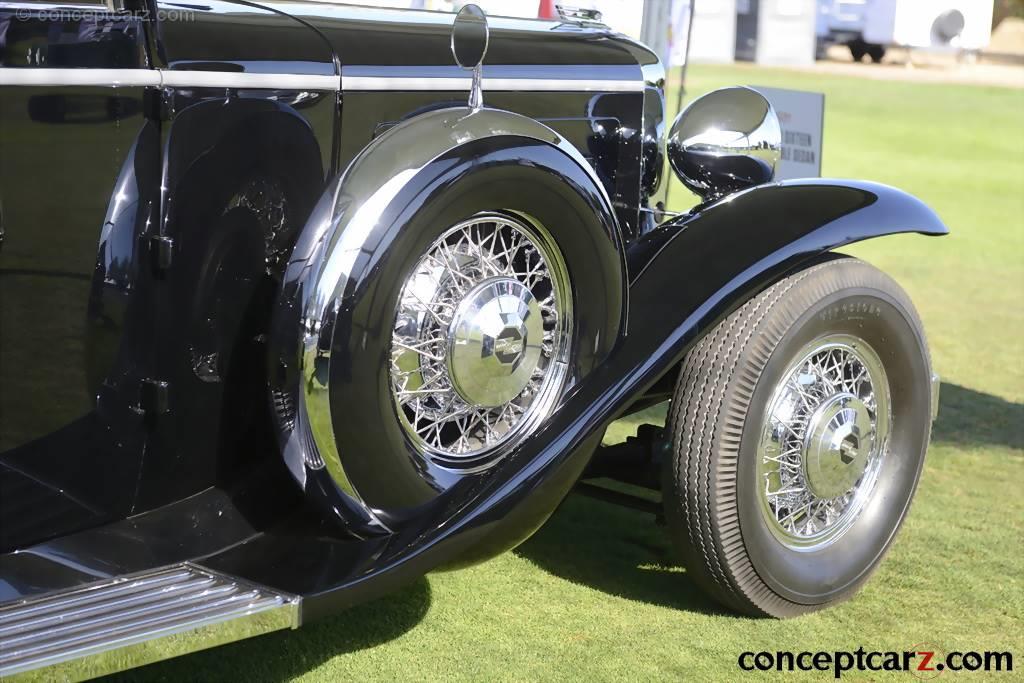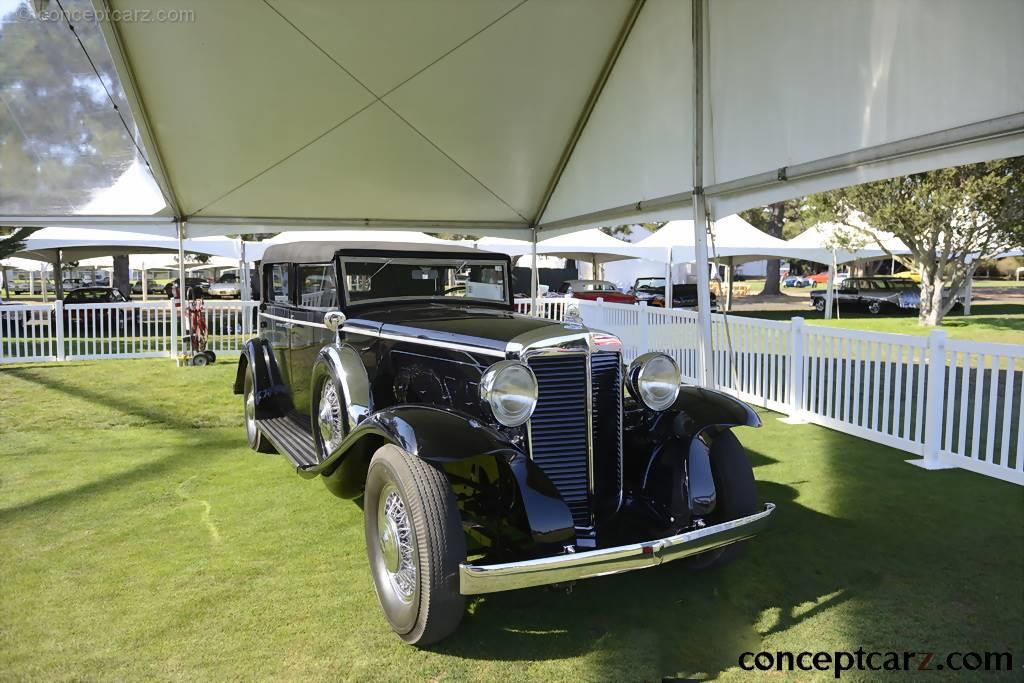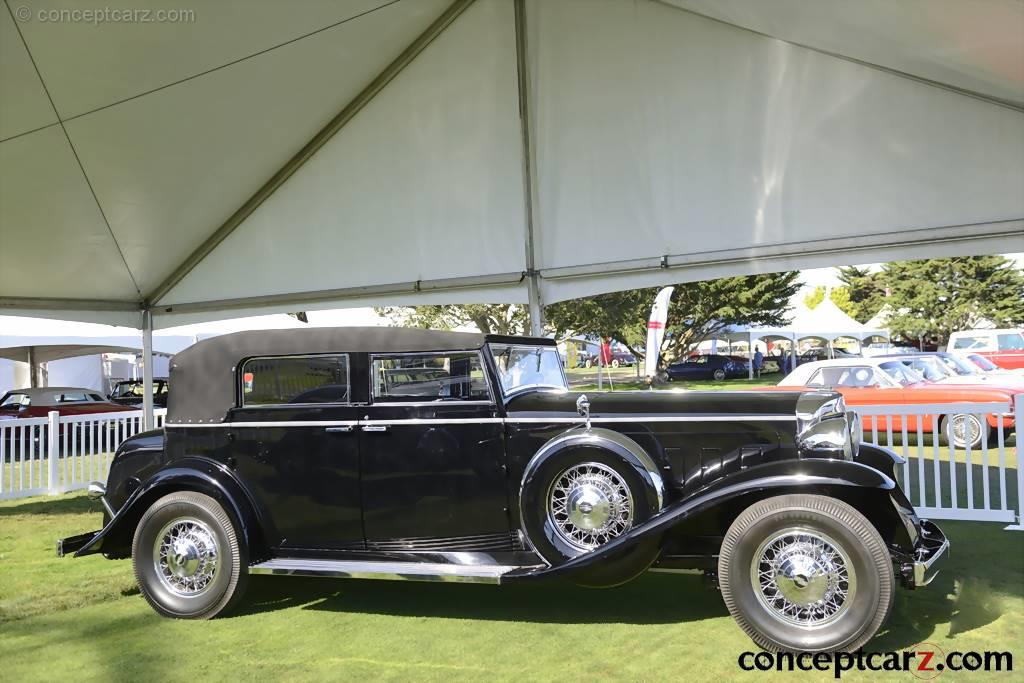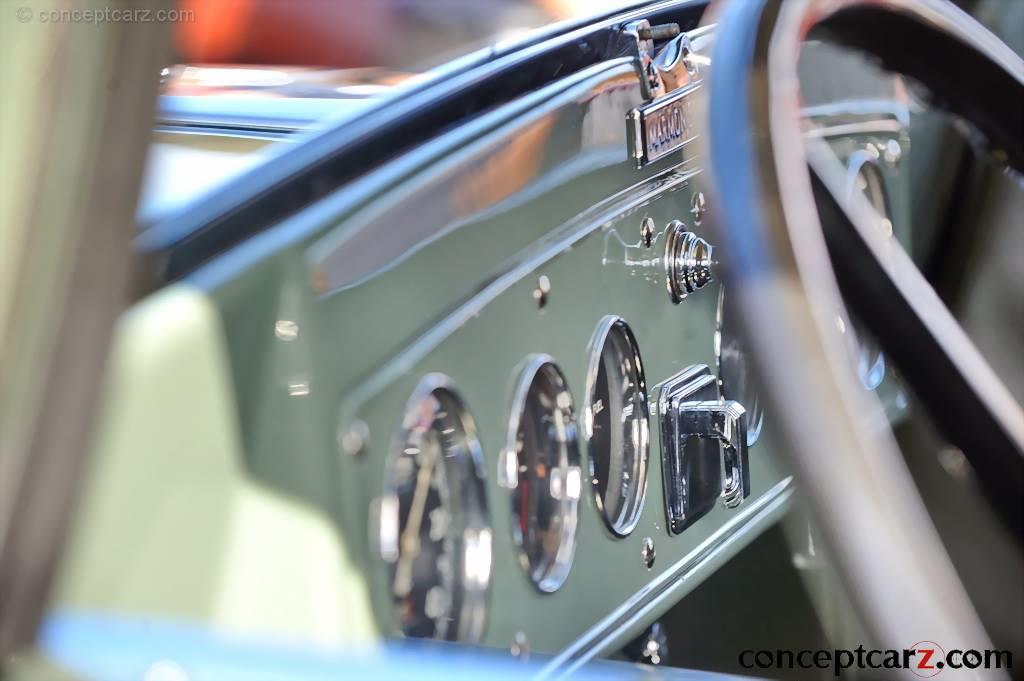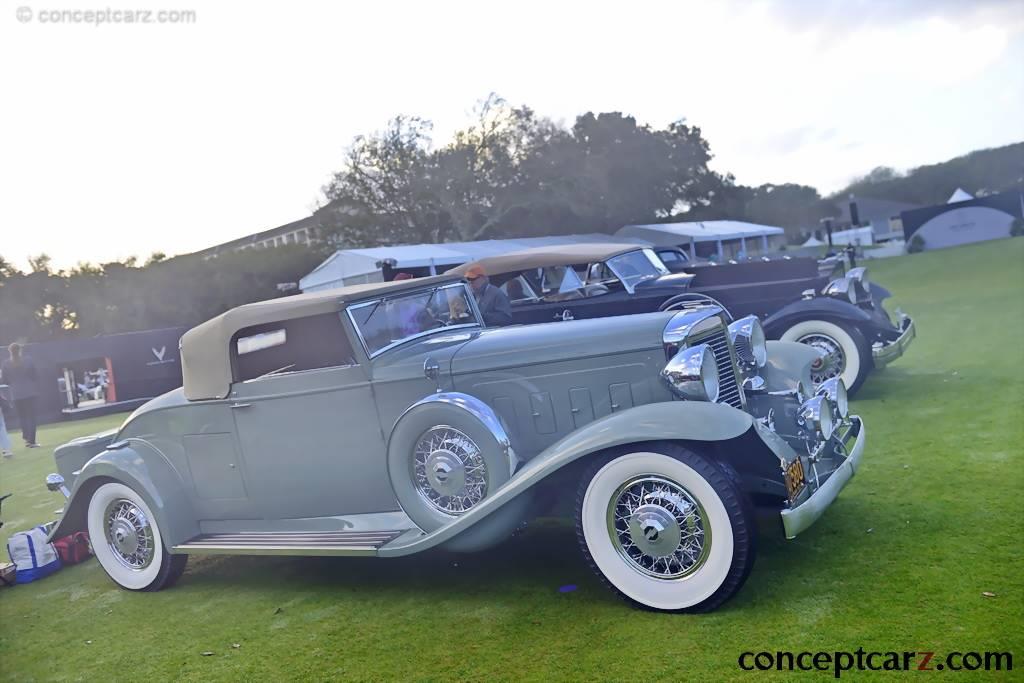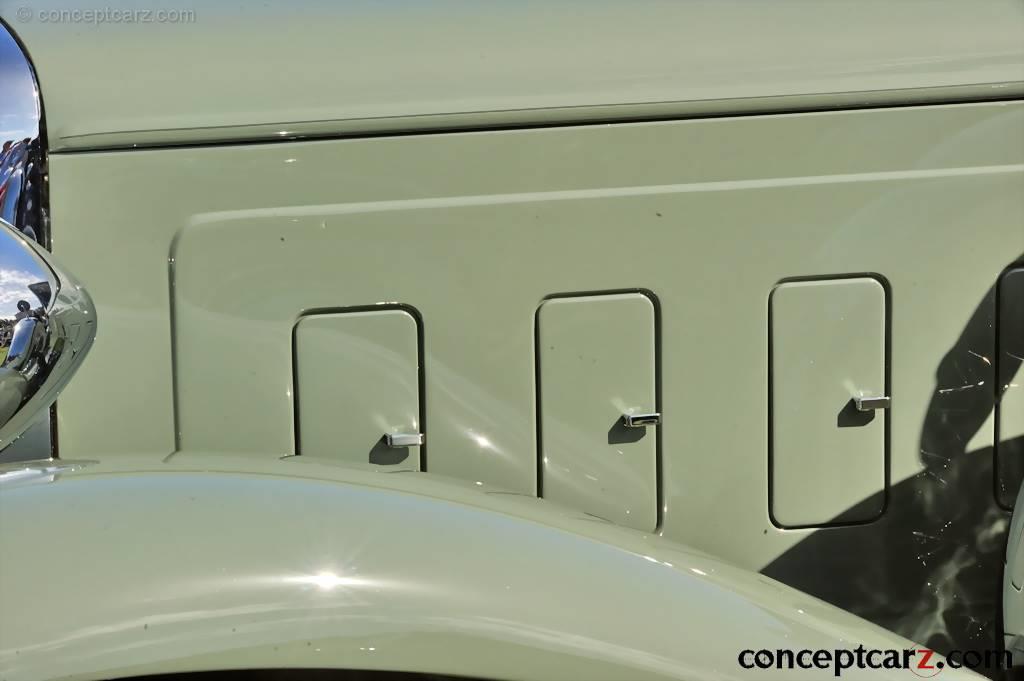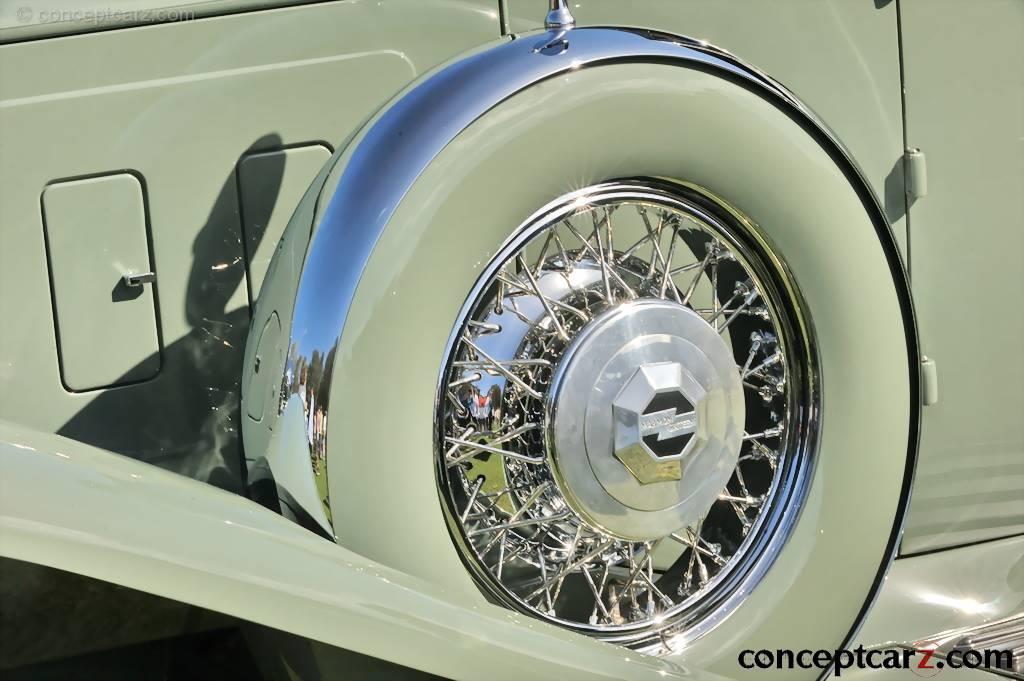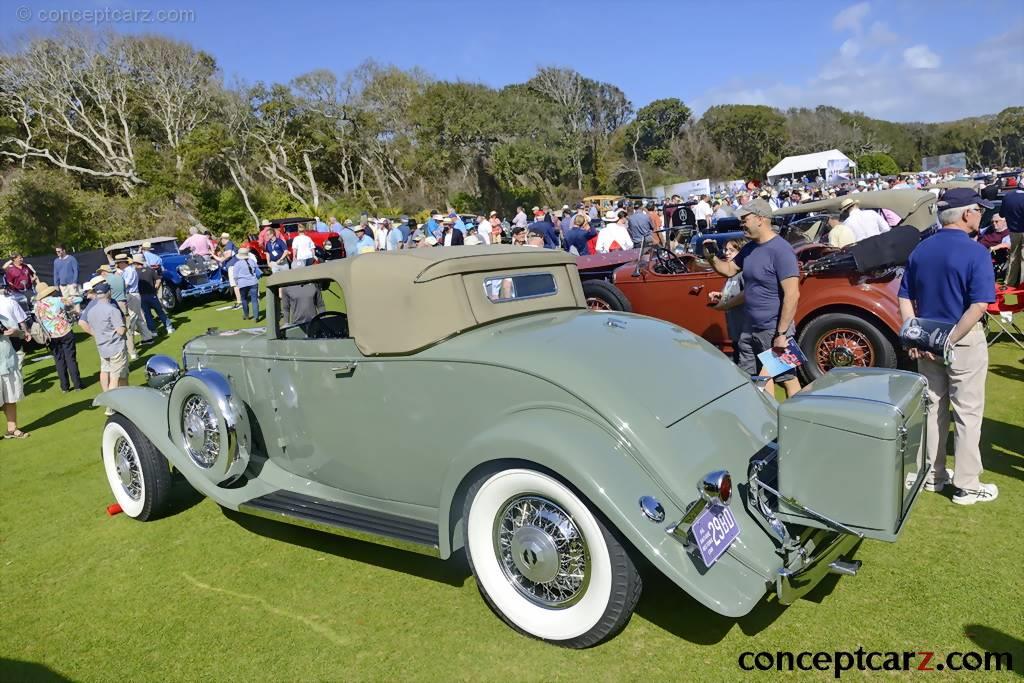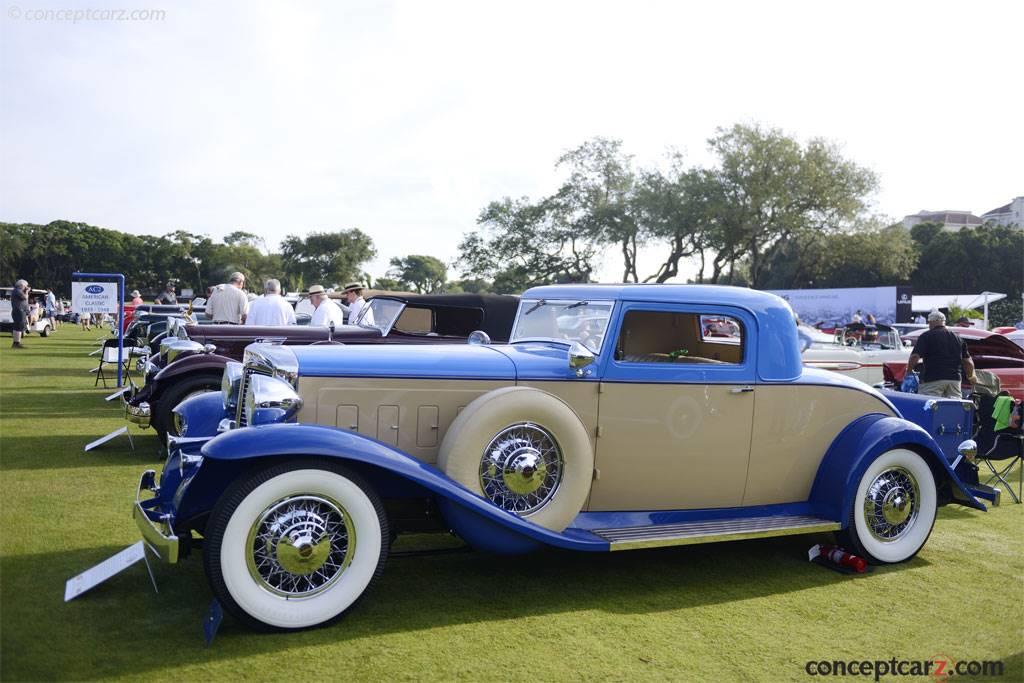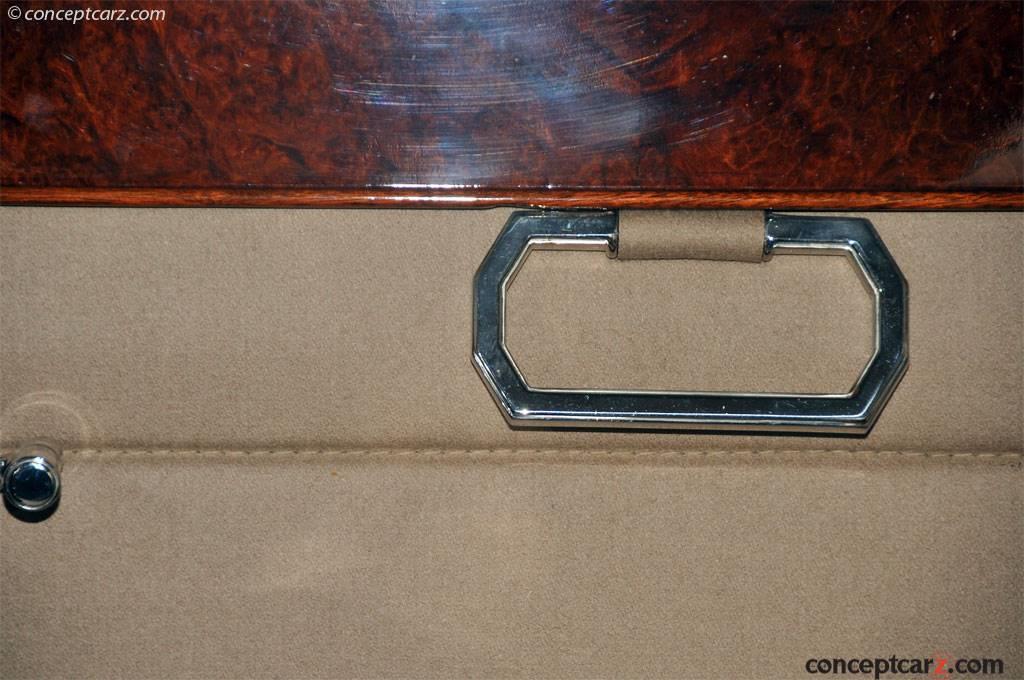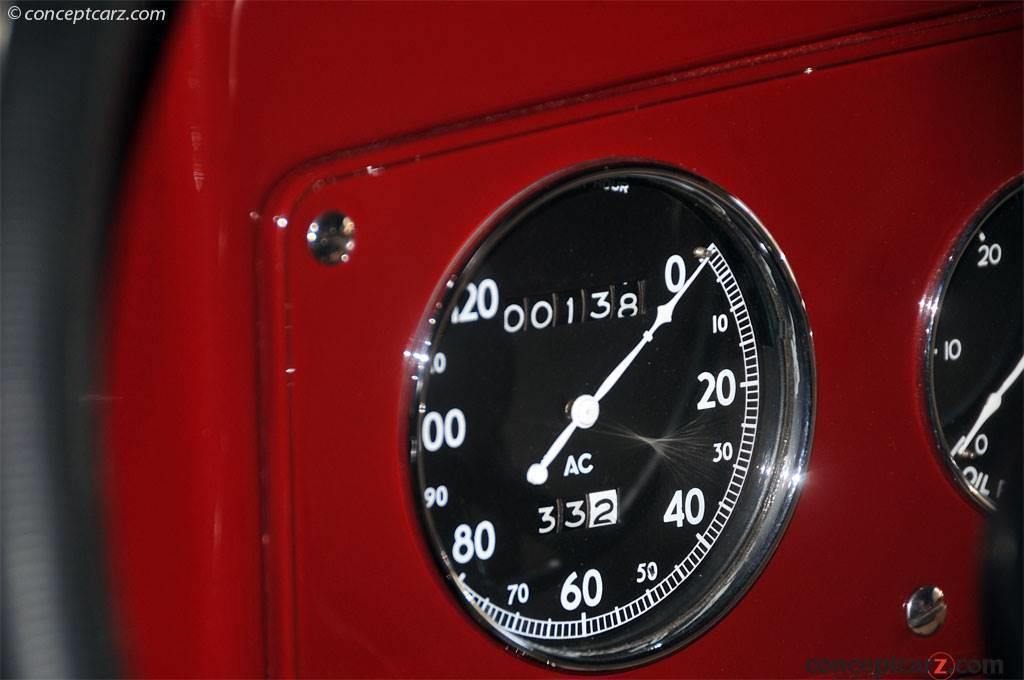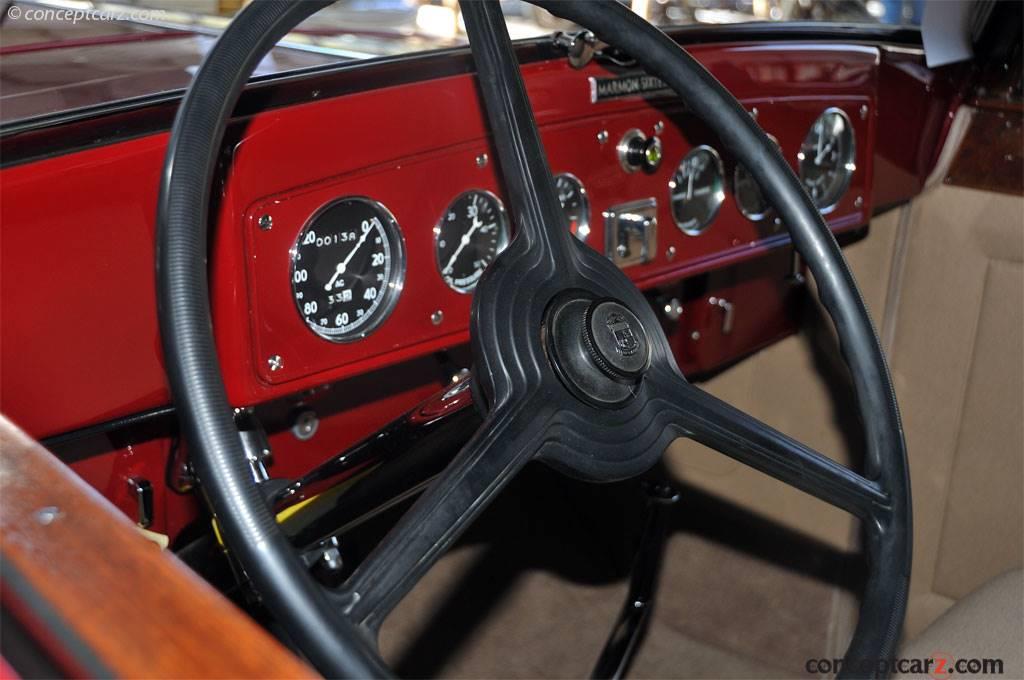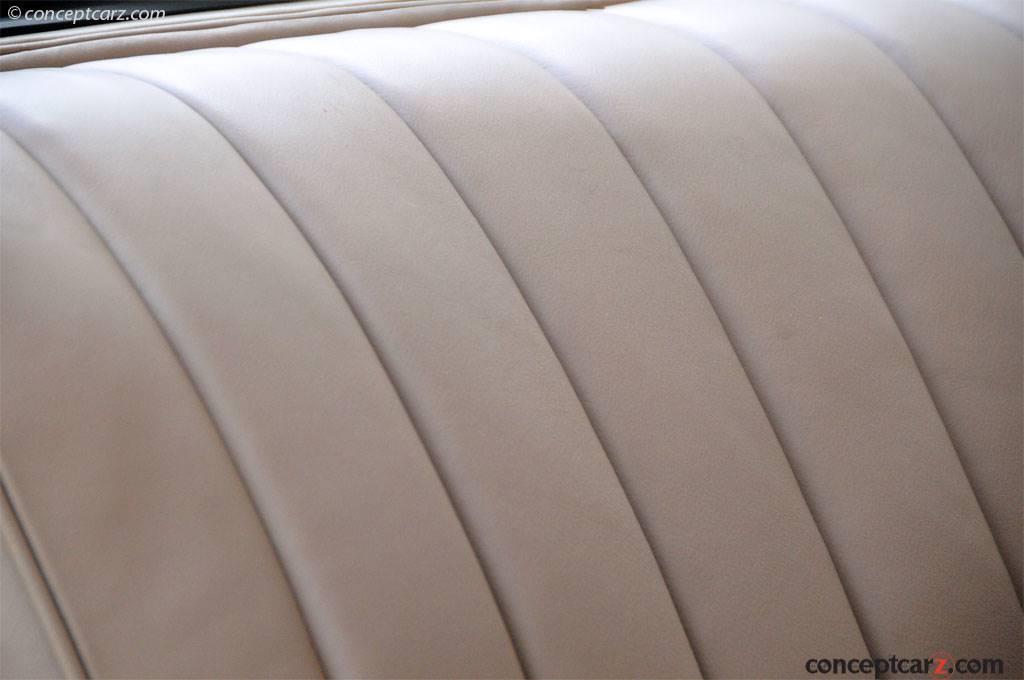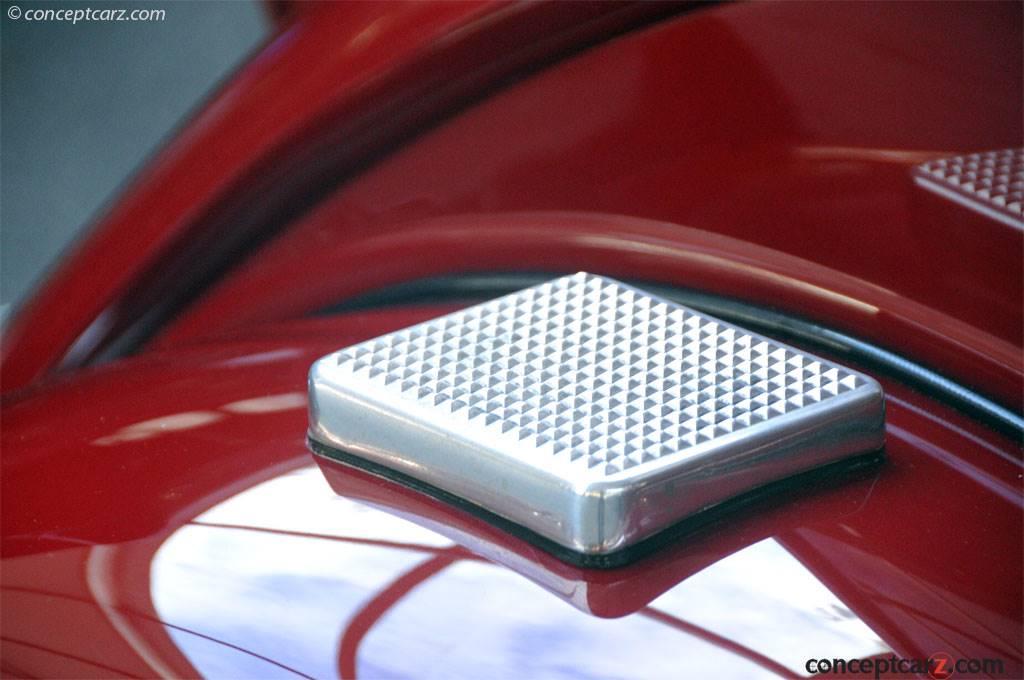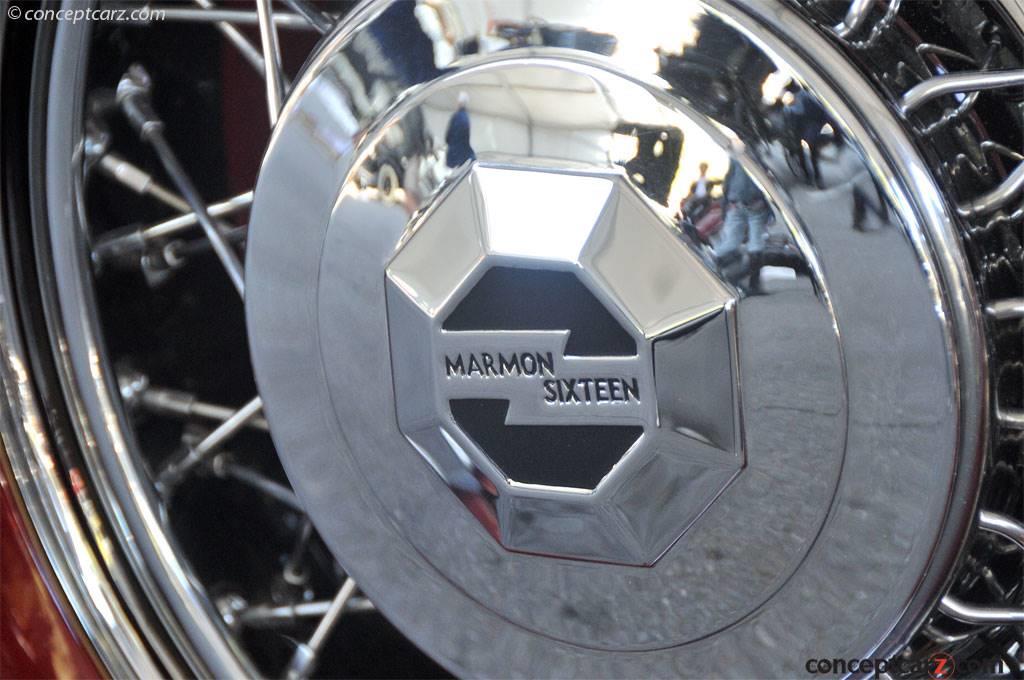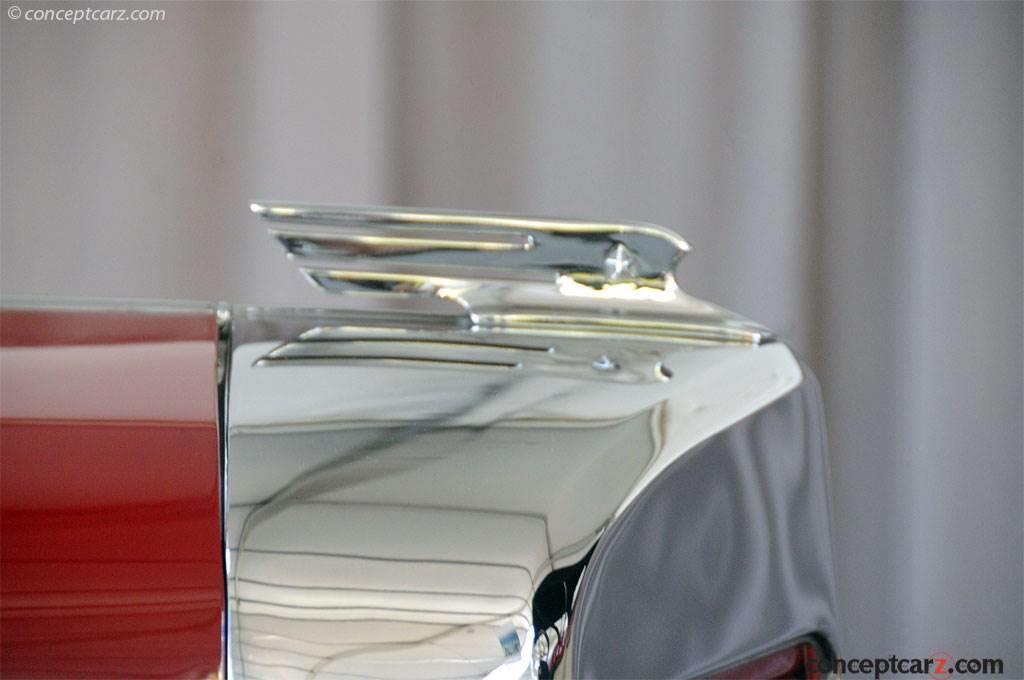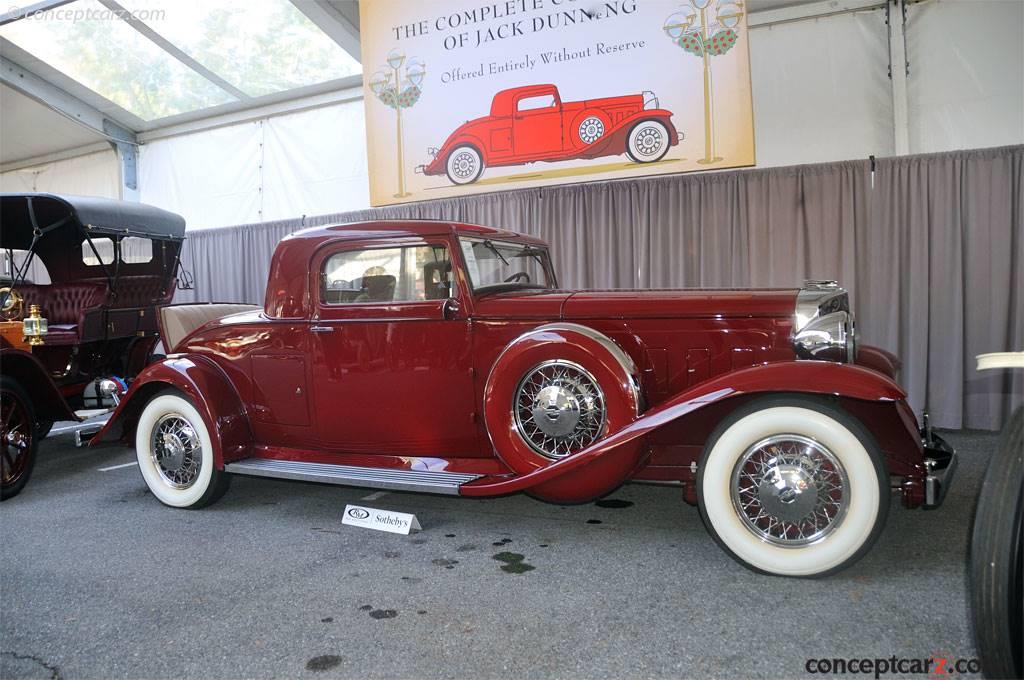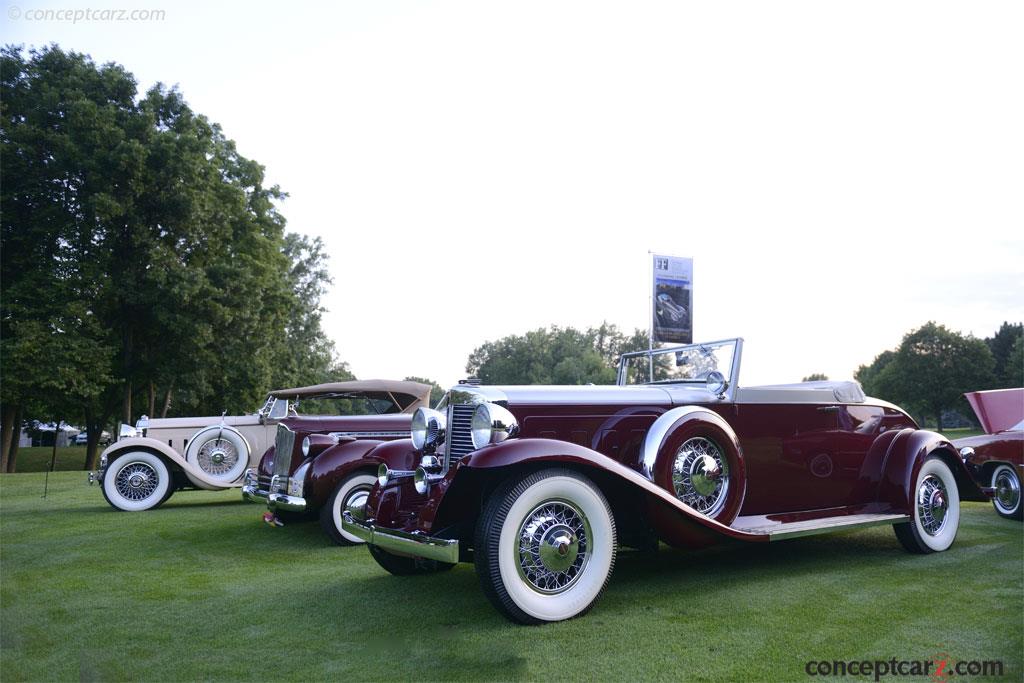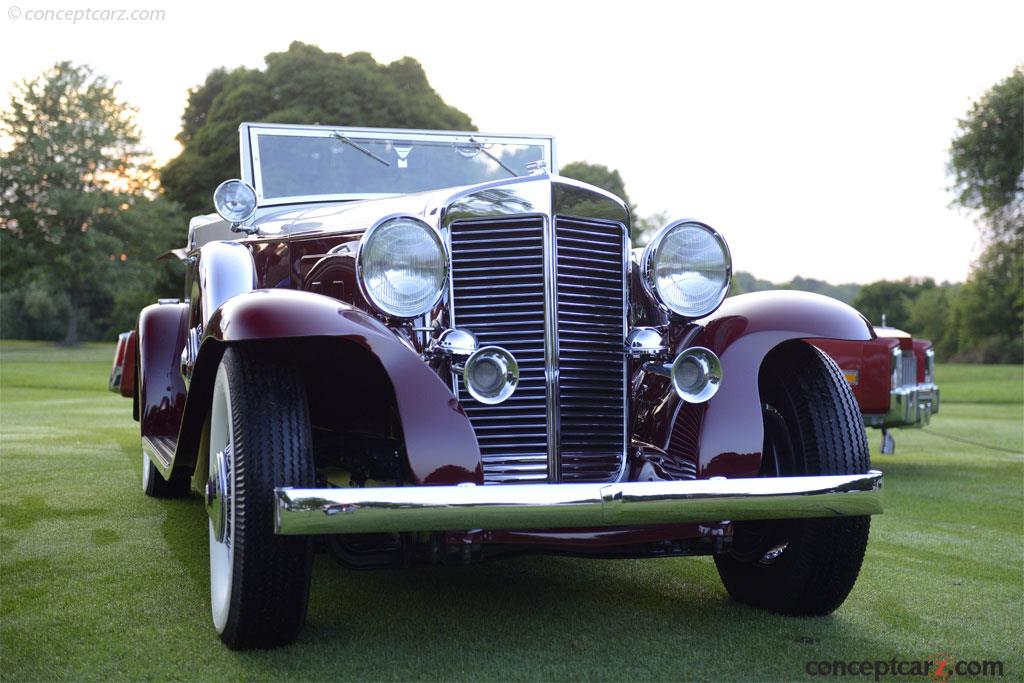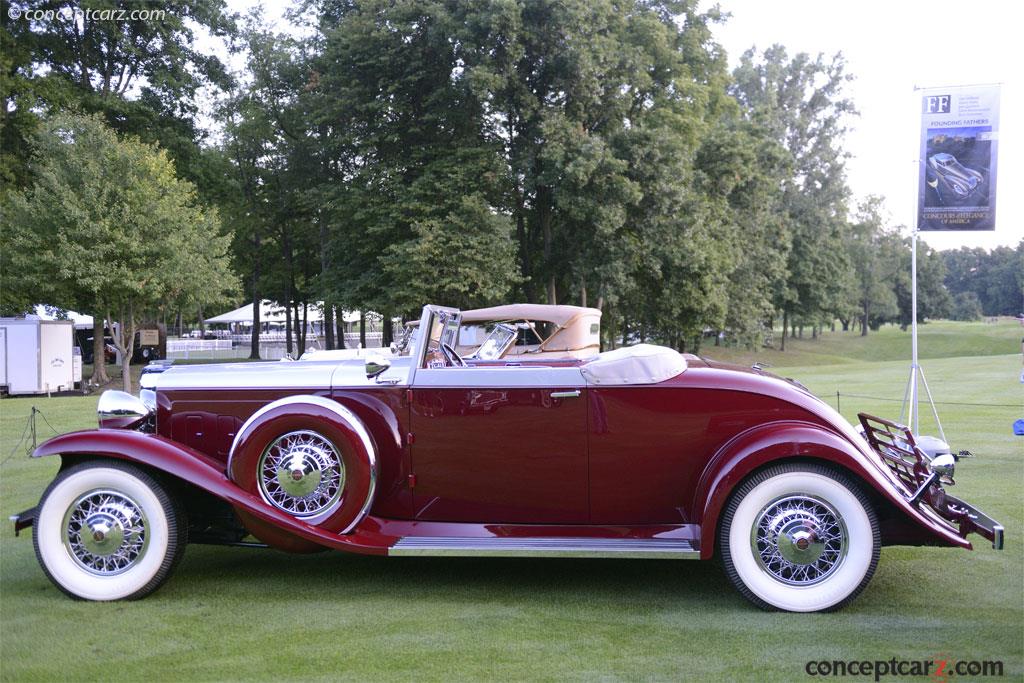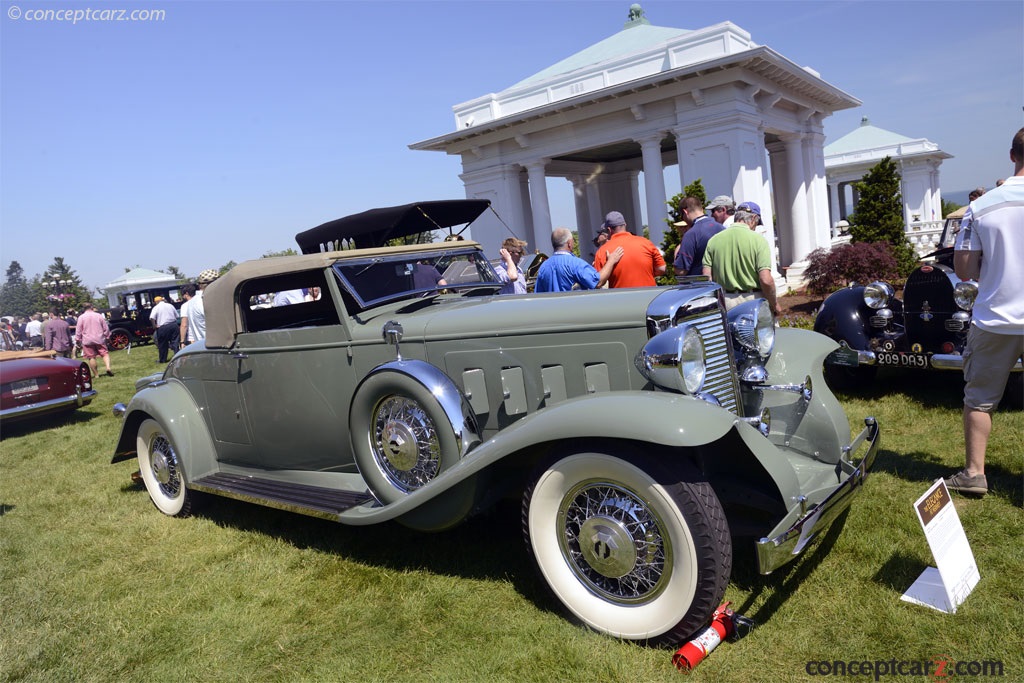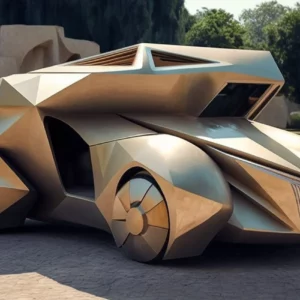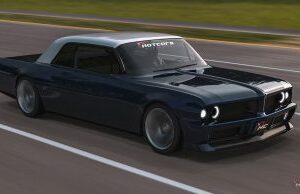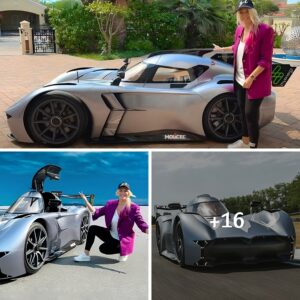In 1902, at the age of 23, Howard Marmon demonstrated his engineering brilliance by building his first automobile. For its time, it was remarkably advanced, powered by an overhead-valve, air-cooled engine. Nine years later, Marmon’s mechanical abilities were awarded with a victory at the inaugural Indianapolis 500, with a long-tailed vehicle dubbed the Marmon Wasp. Around 50 more victories would follow over the next two years, adding to the Marmon competition pedigree.
Hoping to capitalize on the Wasp’s success, Marmon began offering a road-going version called the Model 49. It was a remarkable automobile for its era, but at $5,000 a car, sales were slow. The 1916 Model 34 models came with a host of innovative features, including the most extensive use of aluminum to date. Aluminum is used for the radiator, rear axle, transmission, fenders, and body, helping to tip the scales in a favorable direction for Marmon. With the weight at a minimum, performance increased dramatically and the vehicles became more affordable. This helped the Marmon Car Company finally achieve financial success by marketing a series of reliable automobiles that could be marketed to a wider audience. By the close of the 1920s, sales had increased dramatically, and the company was building over 20,000 cars per year.
With financial freedom, Howard Marmon decided to push the boundaries of automotive engineering even further. Working on his own, he created one of the most remarkable and technically advanced cars of the classic era – the Marmon Sixteen, completed in 1931. Under the bonnet was an overhead-valve, 45-degree engine with a displacement of 491 cubic inches. With 200 horsepower, it car was able to achieve an effortless 100 mph. Overhead valves were pushrod-operated, a two-barrel carburetor fed crossflow alloy cylinder heads, and the block had wet cylinder liners. The engine construction was from aluminum and much of the chassis used the same material, giving the Sixteen an unmatched power-to-weight ratio. It was one of the few road-going cars that could out-accelerate the Duesenberg Model J, while costing about one-third as much. Along with power, it was smooth in operation, and the compact, well-lubricated valvetrain was nearly silent, despite mechanical adjustment. The 145-inch wheelbase offered plenty of interior space for its occupants, and many were clothed in Art Deco-inspired bodies. LeBaron built the bodies to a design conventionally credited to Walter Dorwin Teague Sr. It was his son, however, who actually designed the Art Deco bodywork, aircraft-style instrument panel, and luxurious interior. Walter Jr was an MIT student at the time and a gifted designer who would go on to design some of the most influential automobiles of his era.
Marmon was only slightly late to the party, as Cadillac’s V16 had beaten them to market by over a year. Initial prices were more expensive than the equivalent Cadillac, and Cadillac had a larger client base, and a head start.
The Marmon Sixteen was introduced during the Great Depression when the pool of capable buyers continually dwindled. Cadillac may have been financially backed by General Motors, but Marmon was swimming alone, and the end came quietly in 1933. In a desperate effort to sell cars, Marmon reduced the prices to below those of their only 16-cylinder competitor.
Marmon’s first Sixteen customers did not take delivery until April 1931. Production would continue until the factory closed in May of 1933, with between 365 to 375 examples produced.
